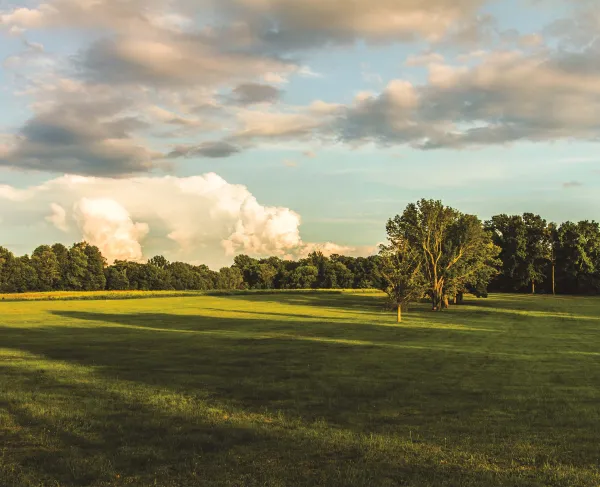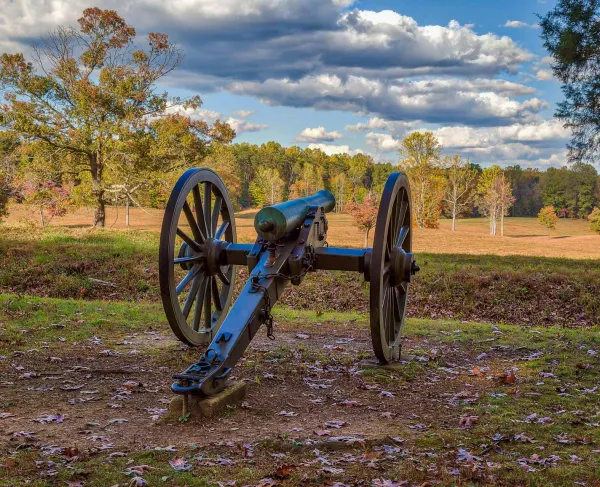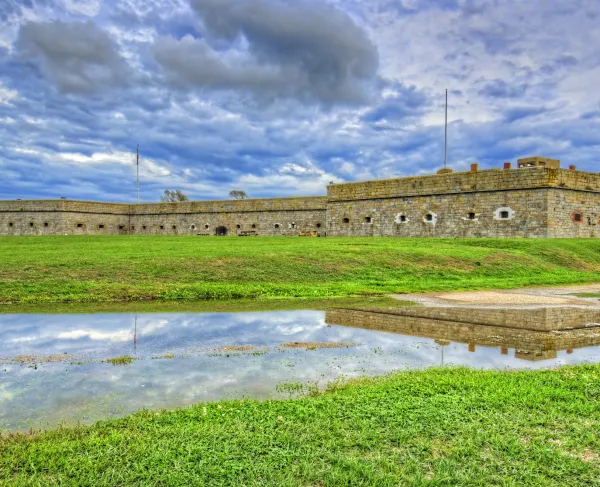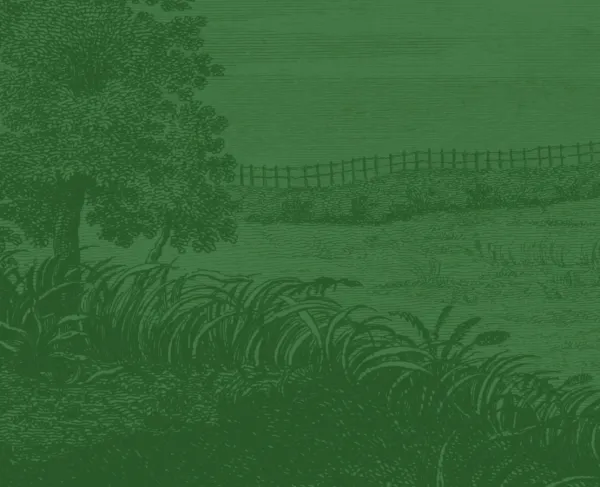Tour Revolutionary War New York in One Day
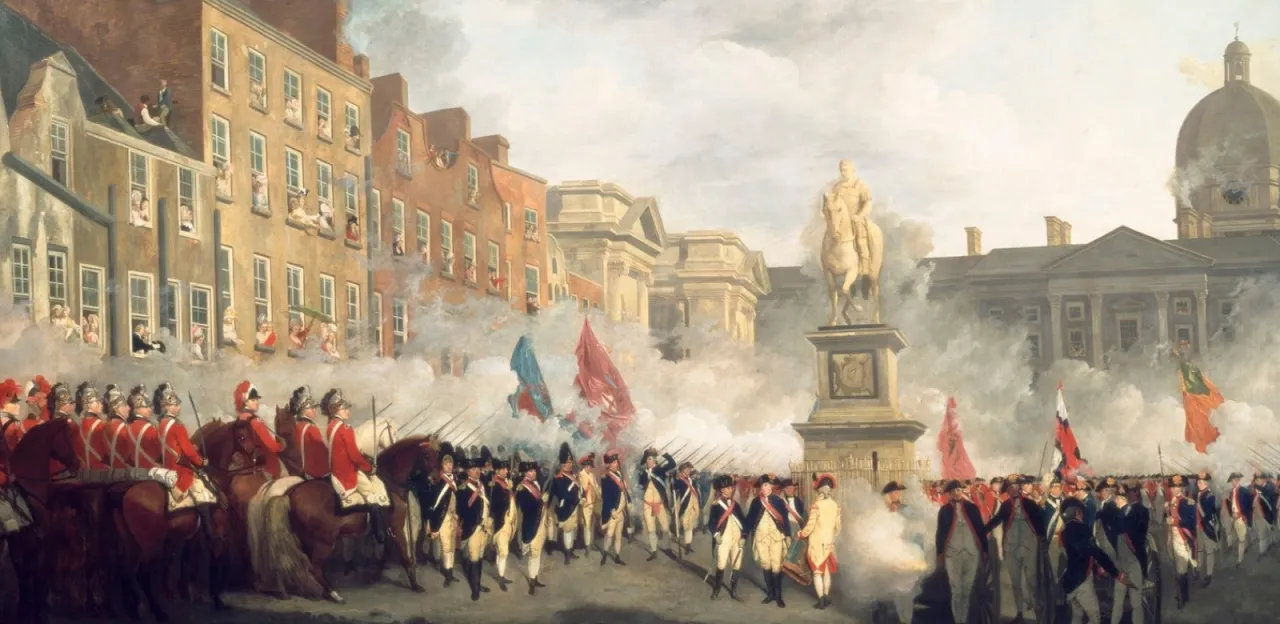
Like the city of Boston, New York was one of the centers of conflict during the early years of the Revolutionary War. Unfortunately, the patriot’s hold on the city proved not to be as firm as many hoped it to be. Although General George Washington was quick to occupy New York in 1776, the British under General Sir William Howe delivered a crushing defeat at the Battle of Long Island, the largest and bloodiest early battle in the war. The British continued to dog Washington’s footsteps as he retreated up Manhattan Island, forcing Washington and his army out of New York entirely, at the Battle of White Plains. Though the Continental Army would rebound in New Jersey during the Ten Crucial Days through Trenton, Assunpink Creek, and Princeton, New York City lay in British hands until the end of the war. The history of the area did not just end there, however. The New York area also includes the town of Tappan, where Major John Andre, the accomplice of Benedict Arnold, was caught and executed in 1780.
Though much of the original city from the 1700’s has been developed, torn down, and built over, several important buildings and markers from the Revolution still remain in modern New York.
Before You Go:
- Print or Download the Tour Map.
- Watch the Revolutionary War Animated Map.
Stop #1: Historic Brooklyn
Time: 2 Hours
Details: https://www.prospectpark.org/battle-brooklyn-prospect-park/
The Battle of Brooklyn was not only one of the largest battles in the entire Revolutionary War, it was also one of the costliest defeats for the Continental Army. Though the area is heavily developed, modern Brooklyn hosts a number of sites where historical buildings and monuments have been preserved for visitors.
Don't Miss:
- Prospect Park, which includes the Dongan Oak Monument, which honors the tree cut down by American forces to stall the British Advance and the Lefferts Historic House, an old Dutch farmhouse where visitors of all ages can experience daily life in the 18th century.
- The Old Stone House, another historic house, and the site of where the Maryland 400 attacked the British position to cover Washington’s retreat at great cost to themselves.
- Fort Greene Park, the site of the Prison Ship Martyr’s Monument, set up in memory of the thousands of men and women held and left to languish aboard British prison ships. Those who died aboard these ships are perhaps the single largest collection of casualties from the entire war.
Stop #2: Historic Governor’s Island
Time: 3 Hours
Details: https://www.nps.gov/gois/index.htm
Located at the mouth of the Hudson Bay between Brooklyn and Manhattan, Governor’s Island was captured by the British after the Battle of Brooklyn, who held it until the end of the war. The Island is also where the Turtle, the world’s first functioning submarine, attempted to sink the HMS Eagle. With the construction of Fort Jay and Castle Williams, the island continued to host a military garrison well into the Civil War.
Don't Miss:
- The cannon firing demonstration, where reenactors show off how to load and fire a historical cannon from the 1860’s.
- Free 90-minute walking tours on Saturdays and Sundays around the National Park.
Stop #3: Morris-Jumel Mansion
Time: 1 Hour
Details: https://morrisjumel.org/
This historic mansion in the middle of Manhattan was built in 1765 by loyalists Roger Morris and his wife Mary. After the British captured New York, it served as the headquarters for many notable figures in the British and Hessian armies, including Henry Clinton and Baron von Knyphausen. After the war ended, the new American government confiscated the house from Morris. It later served as a popular tavern until it was bought by the Jumel family in 1810. It also became a center of controversy when Eliza Jumel married the disgraced Vice-President Aaron Burr in 1832 and filed for divorce soon after. George Washington, John Adams, and Thomas Jefferson were also known to have visited the site at different points.
Don't Miss:
- In addition to the main museum, the Mansion hosts frequent special exhibitions and performances on a variety of topics, including theater productions and paranormal investigations.
- The website for the mansion includes a virtual model of the first two floors during the holiday seasons.
Stop #4: Fort Lee Historic Park, New Jersey
Time: 1 Hour
Details: http://www.njpalisades.org/fortlee.html
This historic park along the banks of the Hudson River is where General Cornwallis marched his troops to ambush Washington, forcing him to flee New York. The park is still home to the “Old Cornwallis Headquarters,” or Kearney House, where the general supposedly stayed for a night and where an eight-pound cannonball from the time of the Revolution was discovered.
Don't Miss:
- The park isn’t just known for its history, but also for its geological features like the 12 mile-long Palisade Cliffs on the bank of the Hudson River.
- The Kearny House is located towards the northern end of the park and hosts tours most weekends from May through October. The cannonball that was discovered inside is still on display.
Stop #5: Historic Tappan
Time: 2 Hours
Details: http://tappantown.org/
Just north of the New Jersey border, Tappan, New York is the site where one of the greatest historical betrayals, that of Benedict Arnold, was revealed to the world, and his co-conspirator, Major John Andre, was imprisoned and executed.
Don't Miss:
- The John Andre Monument, marking the very spot where Andre was hanged for espionage.
- The ’76 House: Called the Mabie House for its owner in 1776, this historic building was where Continental troops imprisoned John Andre after arresting him and discovering his correspondence with Arnold. The building still functions as a restaurant and tavern to this day, so feel free to grab a bite to eat here.
- The DeWint House: where Washington made his headquarters as he presided over Andre’s trial. Visitors can get another sense of life in the 18th century.
- Reformed Church of Tappan: the building used for Andre’s trial.
Stop #6: White Plains, New York
Time: 1 Hour
Details: https://whiteplainshistory.github.io/index.html
The Battle of White Plains was the last defeat General Washington suffered before he was forced out of the Colony of New York entirely. After narrowly escaping capture from the British, he retreated farther into Pennsylvania, from which he carried out his famous Crossing of the Delaware on Christmas Day and catching the Hessian soldiers off guard at Trenton.
Don't Miss:
- The White Plains Historical Society, located in the historical Jacob Purdy House, is an epicenter of local efforts at preserving the historical sites and monuments surrounding the battle. The society has created a list of names of every soldier that may have fought at the Battle.
Related Battles
217
233
